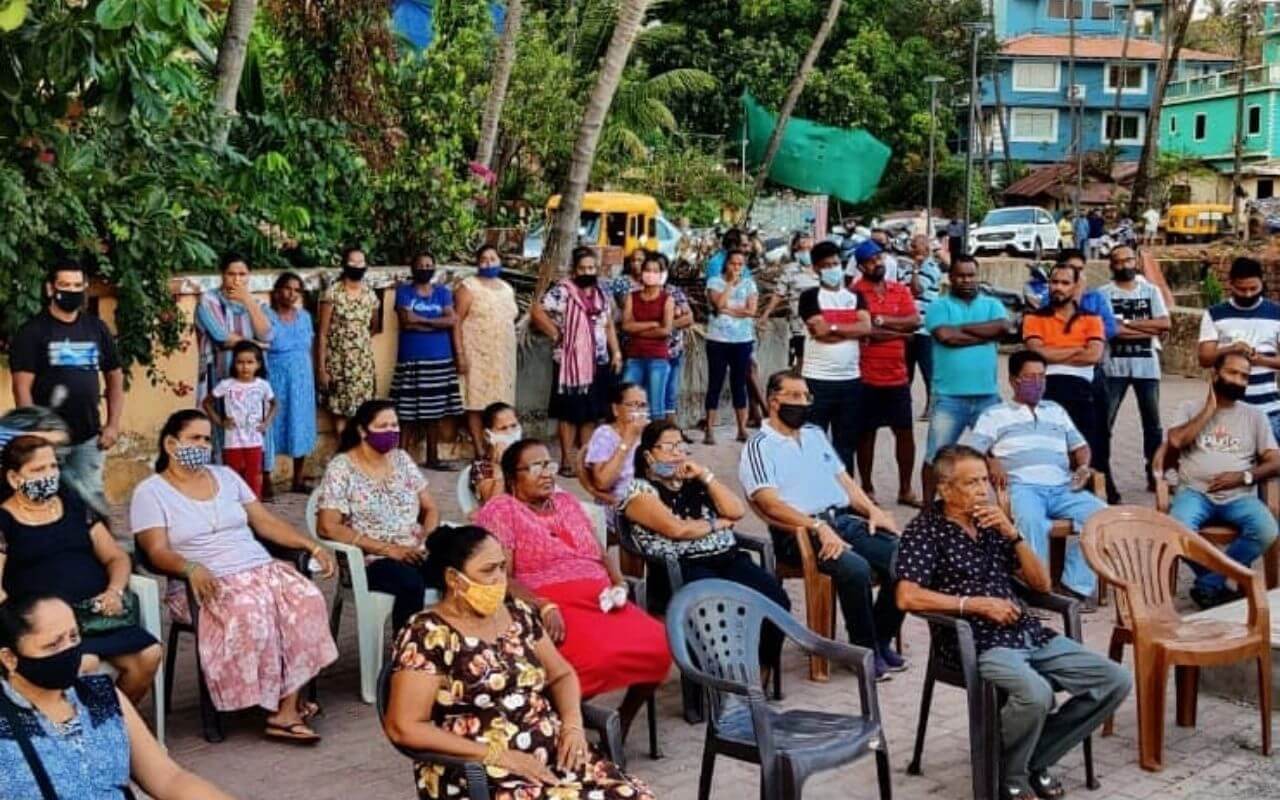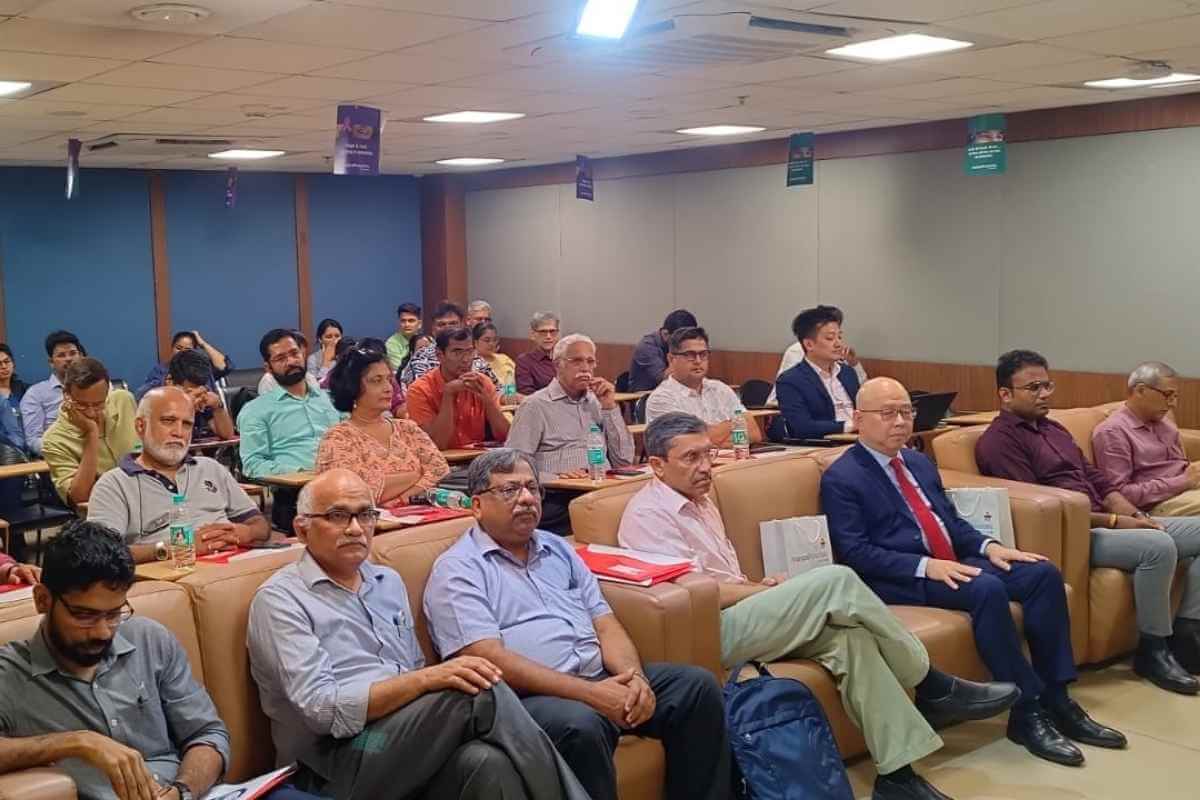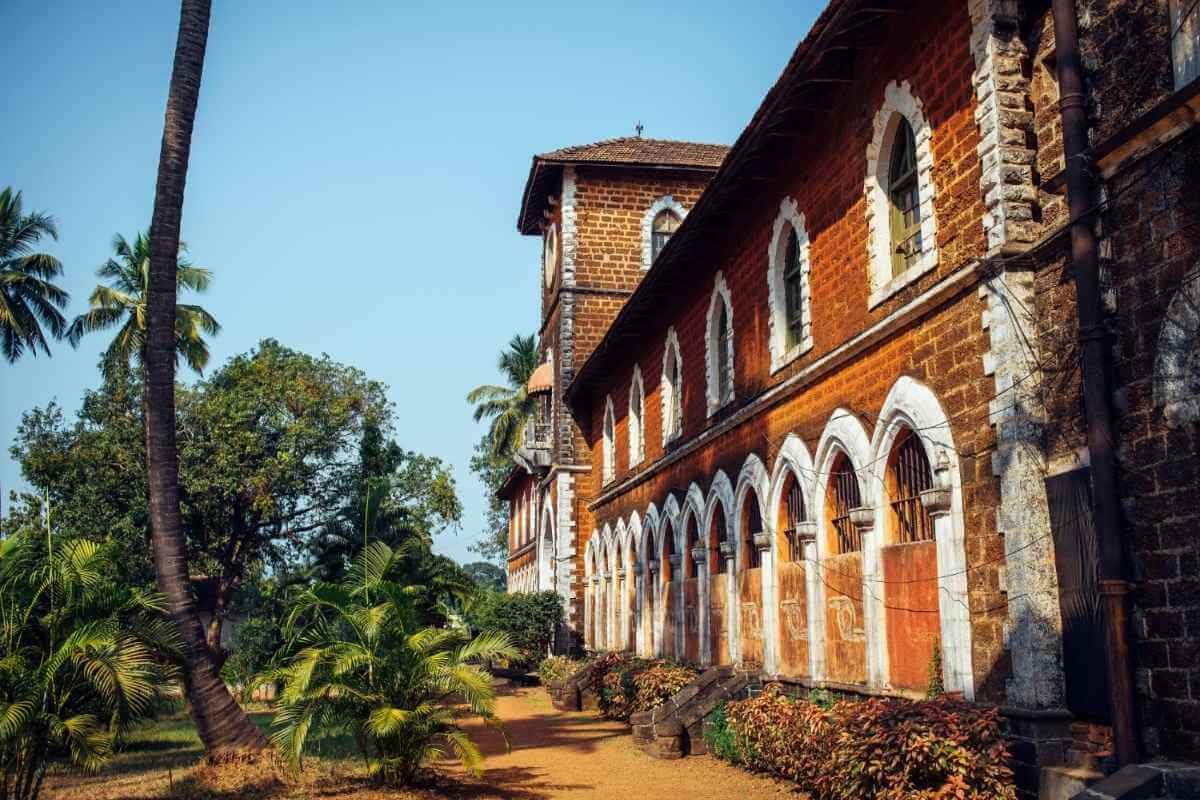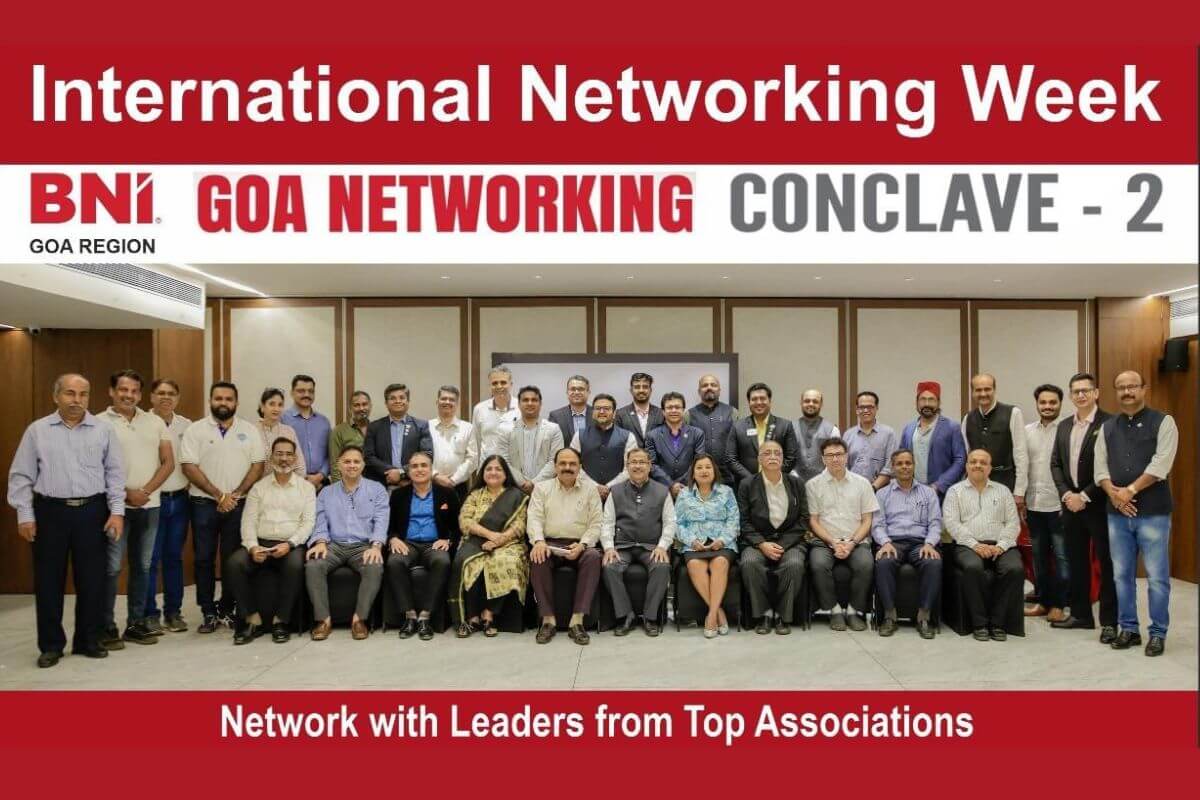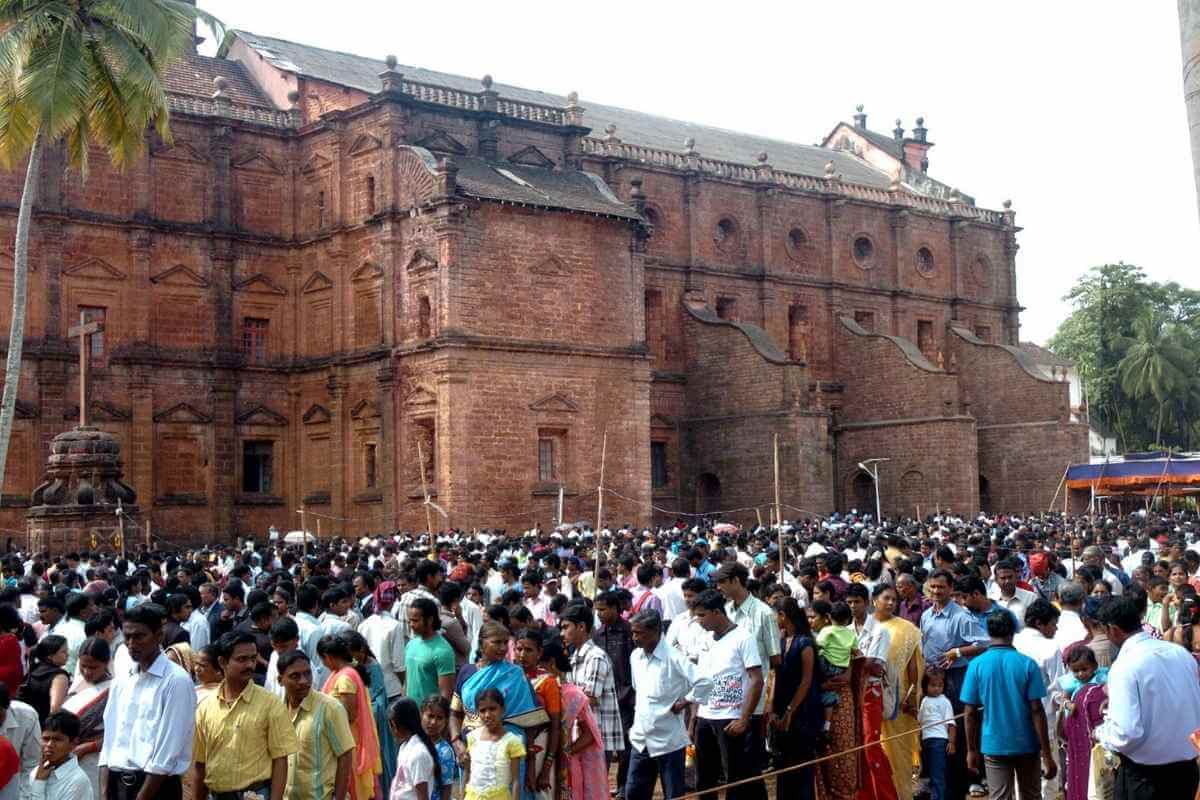There has been much furore on the topic of Coastal Regulation Zone (CRZ) and Goa’s most awaited and disputed Coastal Zone Management Plan (CZMP). There are multiple players involved in the story and naturally, many opinions.
The local people and NGOs representing traditional communities such as the fisher-folks, environment protection, etc. are against the hurried passing of the draft and claim that the plan is ridden with flaws, and also accusing the authorities of not taking into consideration their opinions.
What is SCZMA?
The State Coastal Zone Management Authority (SCMZ) is entrusted with formulating laws and plans at the state level, which are in line with those directed by the National Coastal Zone Management Authority (NCZMA) while also being uniquely adjusted to the respective states. It examines proposals for any changes, reviews, verifies, and acts on cases of CRZ violation identifies new eco-sensitive zones. For Goa, it is done by the Goa SCZMA.
It is mandated to include in the composition of the SCZMA, 1 NGO representative, 4 experts, and 5-6 ex-officio members from the various departments. While the representation of ex-officio members exceeds the recommended number, representation from NGOs and experts is usually less than what is recommended in most states.
What is CZMP?
The Coastal Zone Management Plan (CZMP) is a document that has different regulation zones classified and demarcated. SCZMAs use it to arrive at decisions on project proposals, identify violations, and regulate activities in the CRZ.
A Union Ministry of Environment, Forest (MoEF) notification in 2011, declared coastal stretches as coastal regulation zones (CRZ). This was done to better promote developmental activities along the coasts whilst ensuring the protection of the environment and the traditional communities of the region in a sustainable fashion.
The CZMP makes the classification of areas into different zones based on the unique nature of the soil, vegetation, topography, and significance of the areas. There are 4 such zones. CZMP depicts the high and low tide lines, no development zone along the coast, CRZ 1 areas (ecologically sensitive areas such as mangroves, khazans, sand dunes, turtle nesting areas), CRZ 2 (developed areas such as Panaji, Vasco), CRZ 3 (undeveloped rural areas) and CRZ 4 (water areas, hazard lines).
Why are the people in distress?
A CZMP is indispensable for issuing CRZ permissions for various activities along the coast and acts as a guideline upon which regulation can be conducted uniformly. Despite its importance, Goa has been functioning without such a plan since 2011.
A case was filed against Goa and a few other states before the National Green Tribunal (NGT), Pune in 2017 owing to their laxity in compliance with the guidelines issued by the NCZMA. The case alleged that permissions were being issued to companies without the plan being finalized, and with no guidelines to monitor their activities.
The saline water ingress is seen deeper inland in Goa than in most other parts of the country. Coastal Goa is densely populated, given the acutely small areas of the state. This and various other practices used by the people to survive in these conditions makes the case unique from the rest of the coastal areas thereby necessitating differently designed regulations to meet the requirements while also conserving the homes, and fields of Goan people. But successive governments have failed to convince the MoEF about these unique living conditions.
Why is the plan facing opposition?
The Goan people are protesting because their houses, bundhs, and other structures are not shown in the draft plan of CZMP. The first and foremost objection that Goan people have is the fact that the CZMP which is to directly affect their lives and livelihoods, is being formulated by the National Centre for Sustainable Coastal Management (NCSCM), Chennai rather than inviting inputs from local organizations which have more in-depth knowledge of these things.
The contention of the people is that the plan should have been discussed at the panchayat level. A draft CZMP was prepared two years ago but because of errors, it was asked to be revised. Various local bodies and organizations at the village level had then submitted their own reports and maps after doing a comprehensive study of their areas. Following this, the new draft was circulated to the panchayats in 2021, however, none of the suggestions made by the panchayats were reflected in the draft.
As per Goans, both versions of the CZMP were ridden with inaccuracies. Several structures which they claim to be illegal also appeared in the maps, thereby clearing them of any threats. Simply put, if anyone wants to stop an activity that they believe will cause their area harm, such as a structure in a Coastal Zone Regulation (CZR) region they can rely on the CZMP to raise their objections and halt such activity. Now if the structure shows on the CZMP then it could be a long-drawn legal battle to address this later on, as the authorities will say they are going by the CZMP that has been passed.
Moreover, there were several cases of houses, churches, temples, or other privately owned properties of the people not being depicted in the maps. This too could cause problems to the owners later on. There have been cases where sand dunes are not shown in CRZ areas either. This comes through as a rather important detail.
On that note, former NIO scientist Antonio Mascarenhas, in his written submission over the Coastal Zone Management Plan (CZMP), has suggested notification of sand dune parks in Goa. If implemented, Mascarenhas said, the concept would be the first of its kind in India, “as restoration, conservation and management initiatives of coastal sand dunes are rarely attempted, and still in their infancy”. He stressed that a robust CZMP must contain a dune conservation and restoration package.
“Fishing wards too have been shown haphazardly on the maps. Why did they not use the plans the village had drafted where all this was shown correctly?” questioned Royla Fernandes from Benaulim in an interview with The Herald.
The authorities seem to show no concern for the fact that the locals had painstakingly created their plans, investing large amounts of time and effort into firstly acquiring and studying the draft prepared by the NCSCM, and subsequently scouting their villages and surrounding areas all by themselves to submit improvised plans for consideration.
Additionally, in the month of March, a group of 44 architects, planners, and designers, as well as 14 students and researchers wrote a letter pointing out that the draft CZMP plan is rife with errors that include misidentification of khazan lands and mangroves, confusion over port limits, missing elements like jetties, sluice gates, fishing community areas, among other issues.
They requested additional two months in order for them to send in technical corrections, suggestions, and objections to the Draft Coastal Zone Management Plan (CZMP).
Why multiple hearings held?
Hearings were held to seek objections and suggestions to the draft plan by which errors in the map can be corrected. The first hearing was held in the month of March. Subsequently, the Goa Foundation had moved the NGT against the alleged deficiencies in the conduct of the hearing. It contended that the number of participants was capped at 100 on account of the pandemic and each speaker was given only five minutes to speak.
The NGT then ordered Goa to hold fresh public hearings in preparation of the state’s Coastal Zone Management Plan (CZMP), giving a new extension until August 31st, and the date for the next hearing was decided to be July 8.
Come Thursday, July 8 the much-awaited public hearings were held in Goa. They took place in two areas simultaneously- Panaji for the North Goa region and Margao for the South Goa region. The hearing went well into midnight as only one single day was allotted to hear so many different speakers and representatives. This too was an issue that many Goans were unhappy with.
Ever since the hearing, the Goa Foundation and some other groups such as the Goenchea Raponkarancho Ekvott (GRE) and Goencho Ekvott have appealed to the NGT in turns praying for a time limit of six months, instead of the August 31 deadline, to finalise the Coastal Zone Management Plan (CZMP) for Goa. So far, the Goa Foundation has already been rejected.
They are seeking postponement on grounds that the fisheries planning committee, constituted by the department of environment and climate change in March, has not completed the process of identification of fishermen’s houses to be included in the draft comprehensive plan for the fishing community living in CRZ areas. This was scheduled to be completed within 60 days.
The associations have also stated that they were not able to meet people due to lockdown restrictions and are also seeking postponement on grounds that a large section of the fishing community has been affected by Covid and that some are not physically fit to attend the meetings on Thursday.
Despite already being 7 years overdue since the first deadline, the matter is far from the conclusion in Goa. Even if passed, it is likely that the plan will be protested against at every step given its incongruency with the aspirations of the local people. Goans from the coastal regions are certainly displeased by the exclusion they were subjected to in the making of the plan, the fact that it does not cater to their needs, and finally, that they were not even granted their due time, support, or platform. With so much dissent from the people for whom the plan is being formulated, the picture does not look too promising.

